If you happened to catch the latest Indiana Jones action film, Indiana Jones and the Dial of Destiny, that was released earlier this year, you were introduced to the Antikythera Mechanism, one of history’s most perplexing anachronisms – an object that shouldn’t exist in the time period in which it existed.

The filmmakers of Indiana Jones and the Dial of Destiny took plenty of creative license with their depiction of the Antikythera Mechanism, which they refer to as the Dial of Destiny. It may or may not have been built by Archimedes, and it definitely isn’t a time machine. Thanks to new analysis of the mysterious object, researchers are now confident they know what it was used for.
An Accidental Discovery
On May 17, 1901, sponge divers off the coast of the Greek island of Antikythera, located in the Aegean Sea, were poking around a previously undiscovered shipwreck on the seafloor when they made a number of significant finds.
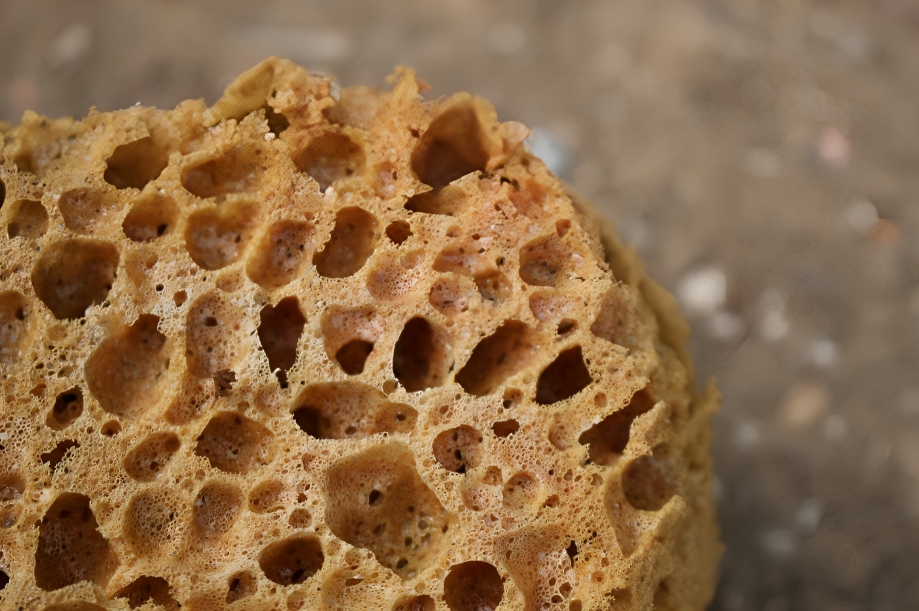
The first item recovered from the ancient shipwreck was a portion of a bronze statue. Spirydon Stais, a Greek historian and politician, knew instantly that this was no ordinary shipwreck. He arranged for an underwater excavation at the site.
Finding the Antikythera Mechanism
From the start, the underwater excavations of this ancient shipwreck yielded some stunning finds. Divers recovered gold, silver, and bronze coins along with numerous statues and pieces of pottery. But the importance of these was overshadowed by the next discovery.

Several round, green, encrusted metal pieces were brought to the surface. Upon closer inspection, Stais and his team could tell that the pieces and fragments were interconnected metal gears, much like a piece of modern machinery.
Too Advanced for Its Time
Centuries beneath the waves left the gears corroded and encrusted, and the wooden box that initially housed gears was all but disintegrated. Still, it was clear that the Antikythera Mechanism was an object that was too advanced for its time.

Based on the shipwreck on which it was found, researchers believed the Antikythera Mechanism was made between 100 and 50 BCE. The most recent data more accurately pinpoints the device to around 65 BCE. How did someone in Ancient Greece build a computer in 65 BCE?
The World’s First Computer
The Antikythera Mechanism is, by definition, an analog computer. The movement of the gears calculated information that the user needed. It appears that the device has a means of importing data into the mechanism. From there, the information can be manipulated based on a scientifically sound mathematical scale to then output the results.
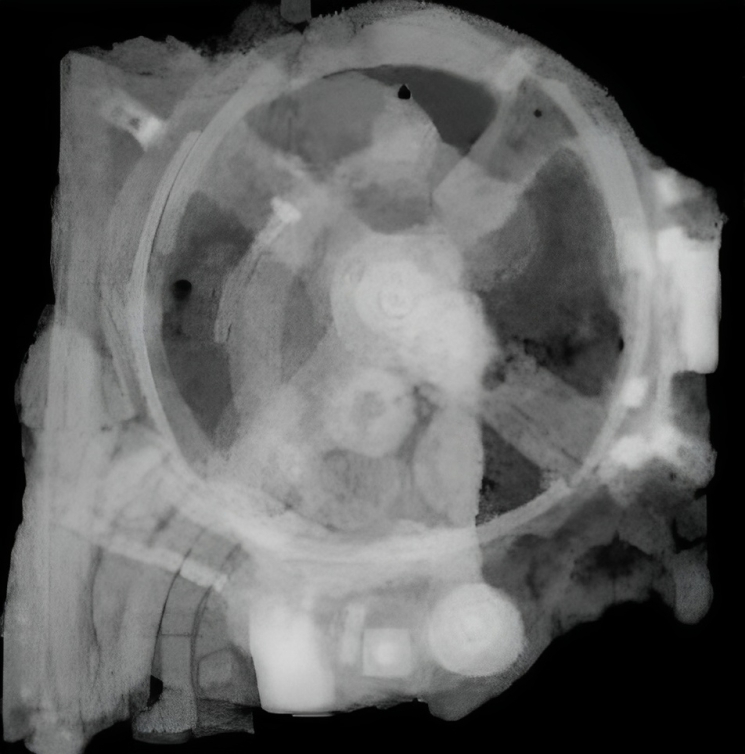
Early on, researchers theorized that the device was used to predict the movement of the Sun and Moon, but the device proved to be more sophisticated than another Greek invention, the astrolabe. Astrolabes were rudimentary navigation tools for measuring the stars. The Antikythera Mechanism could do so much more.
Nothing Else Like It
The Antikythera Mechanism was one-of-a-kind. To date, archaeologists have never found another similar device which adds to the belief that the device is an anachronistic object. Its very existence forces us to take another look at the timeline of human ingenuity.
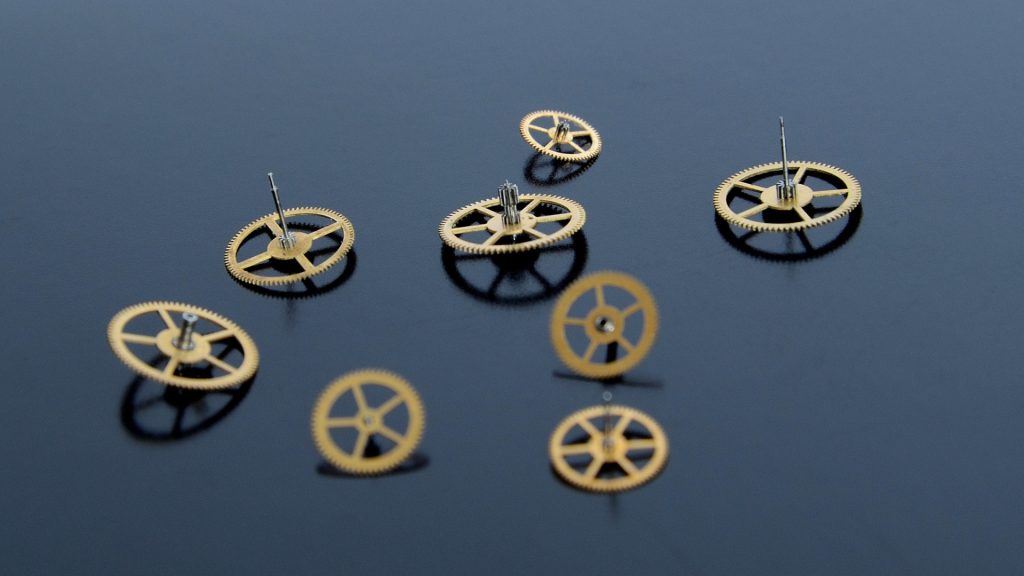
People in the first century BCE shouldn’t have the knowledge to build a computer and yet the Antikythera Mechanism exists. As we will see in a moment, recent research may have unlocked what the device was used for, but it doesn’t explain who made it.
Who Invented the Antikythera Mechanism?
The Antikythera Mechanism must have been invented and built by a genius with advanced knowledge of astronomy, mathematics, science, and mechanics. Recent findings suggest that the machine’s creator also had a deep understanding of the Pythagorean theorem.

Who fits that description? Based on textual evidence and their known bodies of work, researchers have narrowed it down to two possible candidates. Posidonius of Rhodes and Archimedes.
Who Was Posidonius of Rhodes?
Posidonius was a Greek astronomer, philosopher, and geographer who lived from approximately 135 to 51 BCE. Although he was not originally from Rhodes, he spent most of his life there. He made notable contributions to science based on his observations and calculations.

His works focused on astronomy and cosmology. Posidonius also studied geography. He calculated the circumference of the Earth and came astonishingly close to the actual circumference. Sadly, most of his writings have been lost, so if his work included building the Antikythera Mechanism, we have no evidence to prove it.
Archimedes: A Genius Scientist and Inventor
A Greek engineer, inventor, mathematician, and physicist, Archimedes lived on the island of Sicily in the 3rd century BCE. Considered one of the greatest scientists of antiquity, Archimedes invented the Archimedean screw for raising ground water. And he calculated pi for us.
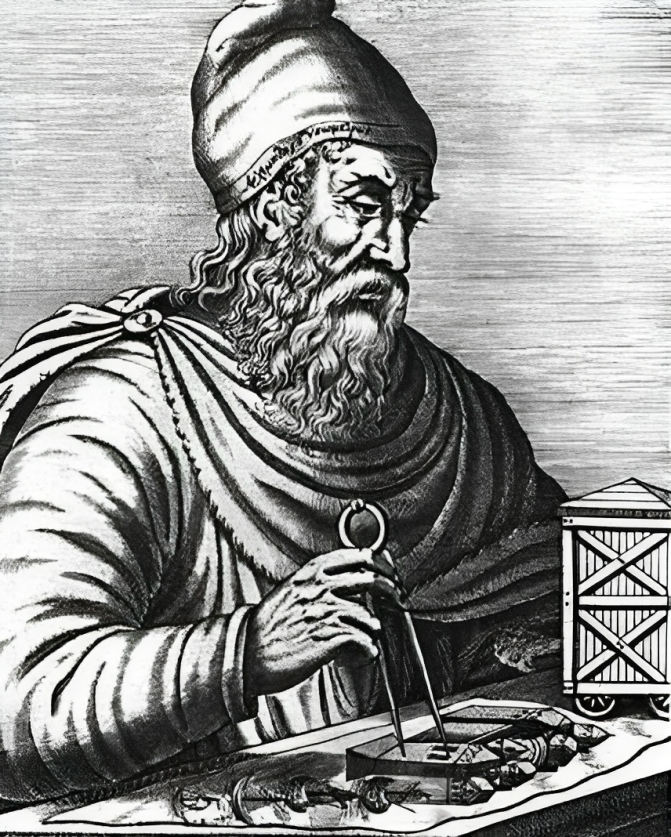
There are intriguing references to two machines that could be the Antikythera Mechanism in ancient texts and manuscripts penned by Cicero in 51 BCE. In his writings, he gives credit to Archimedes for inventing both devices.
An Incomplete Find
The Aegean Sea was not kind to the Antikythera Mechanism. When it was discovered, the device was in pieces. Lots of pieces. To date, 82 fragments and pieces from the mysterious object have been found. But it remains an incomplete find.
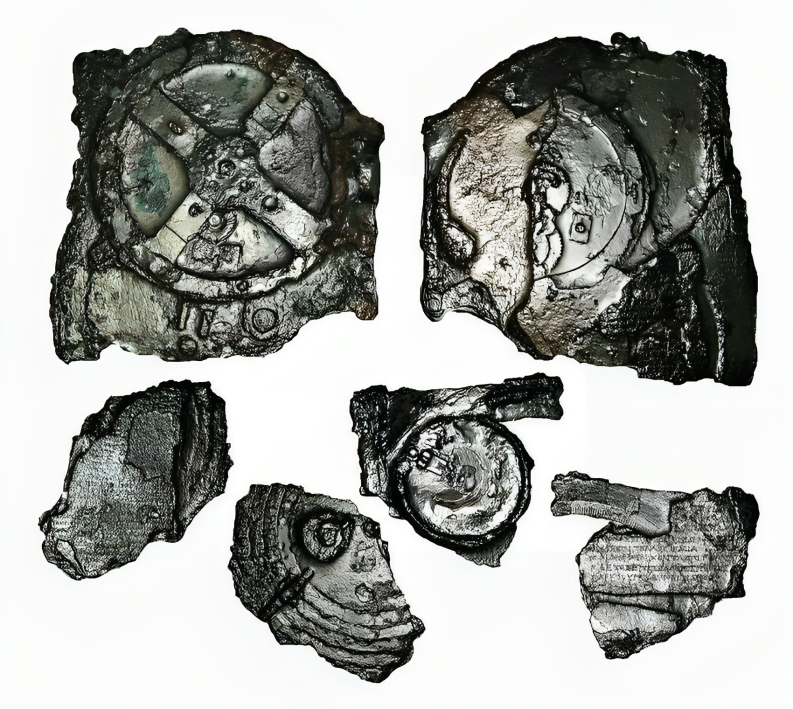
Those 82 fragments from the Antikythera Mechanism represent only about one-third of the original device. Without all the pieces and without an intact model, researchers weren’t sure how the fragments went together and what the device was used for.
Studying the Device with Modern Technology
Using 3D x-ray scanners and digital imaging technology, present-day researchers have gleaned new information from the fragments of the Antikythera Mechanism. The high-resolution images were enhanced to allow researchers to see the inscriptions on the fragments more clearly.
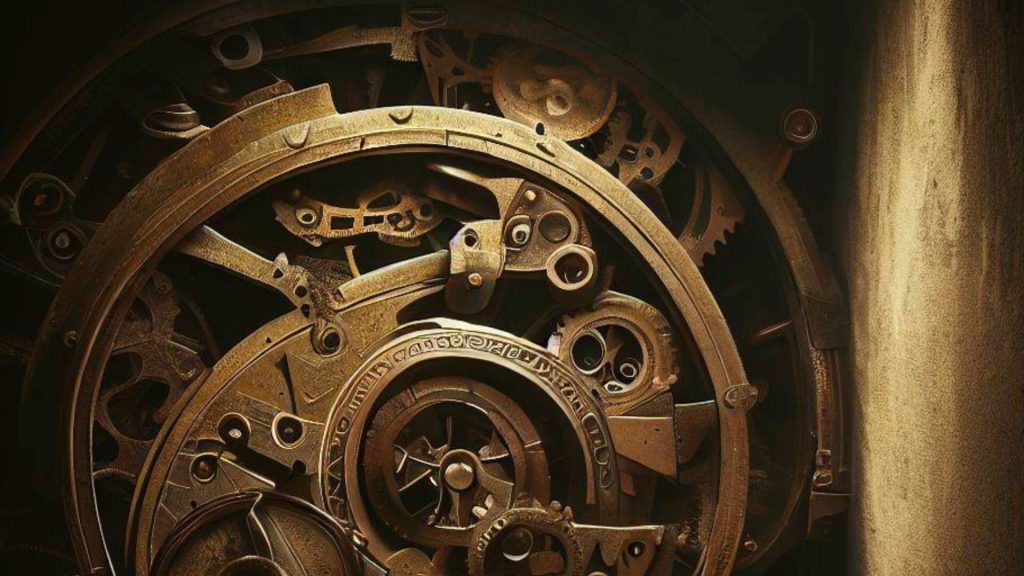
It turns out that reading the manual did make it easier to understand the device. New images showed the Sun and the Moon as well as markings coinciding with the zodiac and solar calendars. From this information, researchers have been able to reverse engineer the missing parts of the Antikythera Mechanism.
Putting the Pieces Back Together
Based on the information they learned from the latest analysis, researchers have been able to create a computerized model of the Antikythera Mechanism. For the first time, researchers have been about to create a model that conforms to the known evidence and fits the description on the device.

The computerized model of the Antikythera Mechanism can now give researchers a more accurate look at the ancient device. For the first time, researchers have been able to understand what the device could do. What they discovered is astounding.
More Than a Simple Calculator
The Antikythera Mechanism was capable of doing complex astronomical calculations. It could predict the movements of the Sun and Moon and determine the cycles of Venus and Saturn, along with the other known planets.
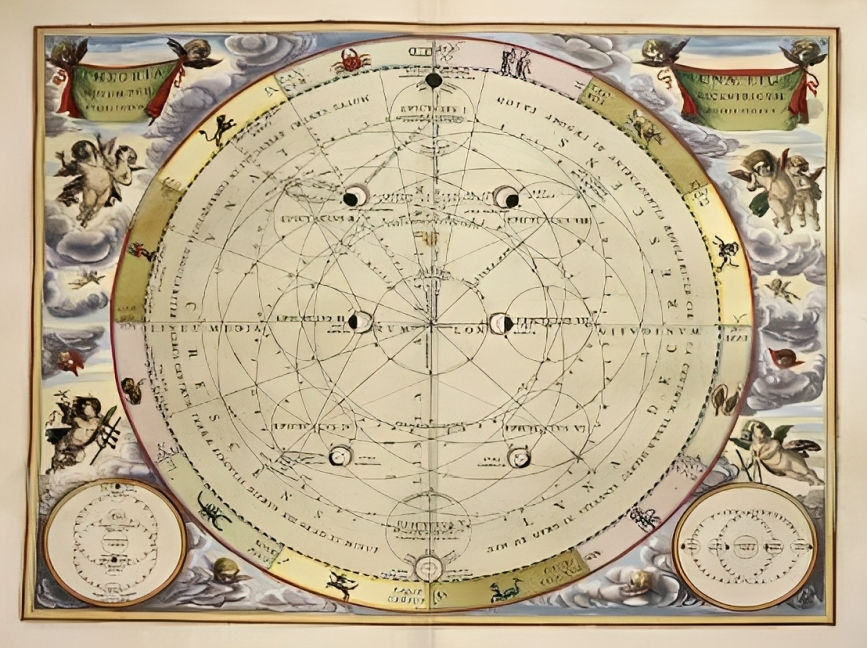
In addition, the Antikythera Mechanism could accurately replicate the irregular movement of the Moon. The elliptical orbit of the Moon around the Earth causes the Moon’s motions to be erratic. But the machine could calculate the movement by using two superimposed gears with one gear slightly off center.
The Next Step
The next step is for the team of researchers to reconstruct the bronze gears that have been found and fabricate the rest of them. According to the computer model, the Antikythera Mechanism most likely had 37 gear wheels. At this point, seven of the gears are still hypothetical.

Based on the latest analysis and the computerized model, however, researchers are fairly confident they know the correct configurations of the unknown gears. As the head of the research group, Mike Edmunds of Cardiff University, noted, “The design is beautiful, the astronomy is exactly right.”
An Unassuming Machine
The new reconstruction of the Antikythera Mechanism will attempt to duplicate the original device. It is believed that the device was housed in a wooden box approximately the size of a shoebox. It had a series of dials on the outside of the box which allowed for the input of data.

The heart of the computer was inside the box. The complex assembly of hand-cut, polished bronze gears moved in response to the dials to calculate the positions of celestial bodies. The device could even show the future positioning of the Sun, Moon, and planets.
Any Chosen Date
By manipulating the dials, the Antikythera Mechanism could determine the positions of celestial bodies on any chosen date. This information might give the Greeks the upper hand in upcoming battles or voyages. It has also been proven that the Antikythera Mechanism was used to determine the dates of upcoming solar and lunar eclipses.

The mathematics and engineering required to do just one of these calculations is staggering. It boggles the mind that someone in antiquity, without the use of computers, could make one single device capable of doing all these complex calculations. The Antikythera Mechanism was so advanced that no other comparable machines were created for another century.




